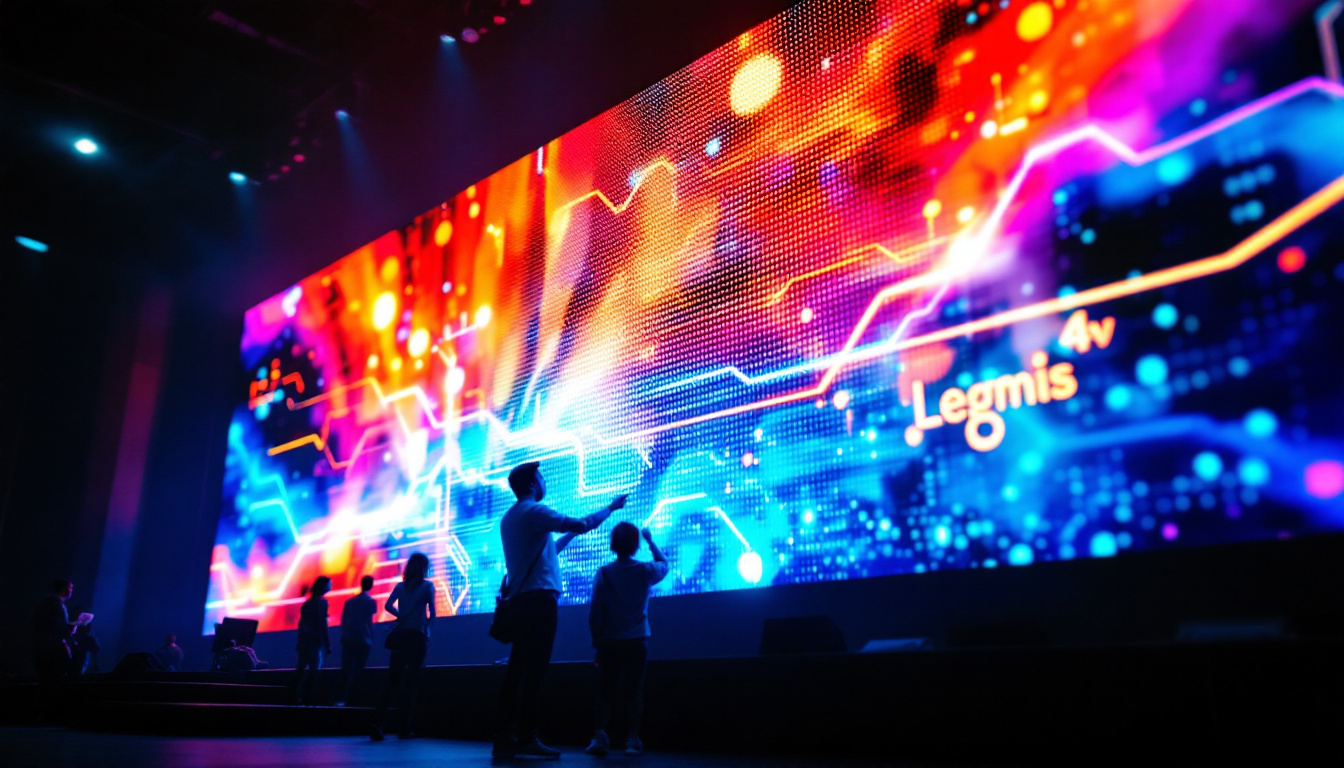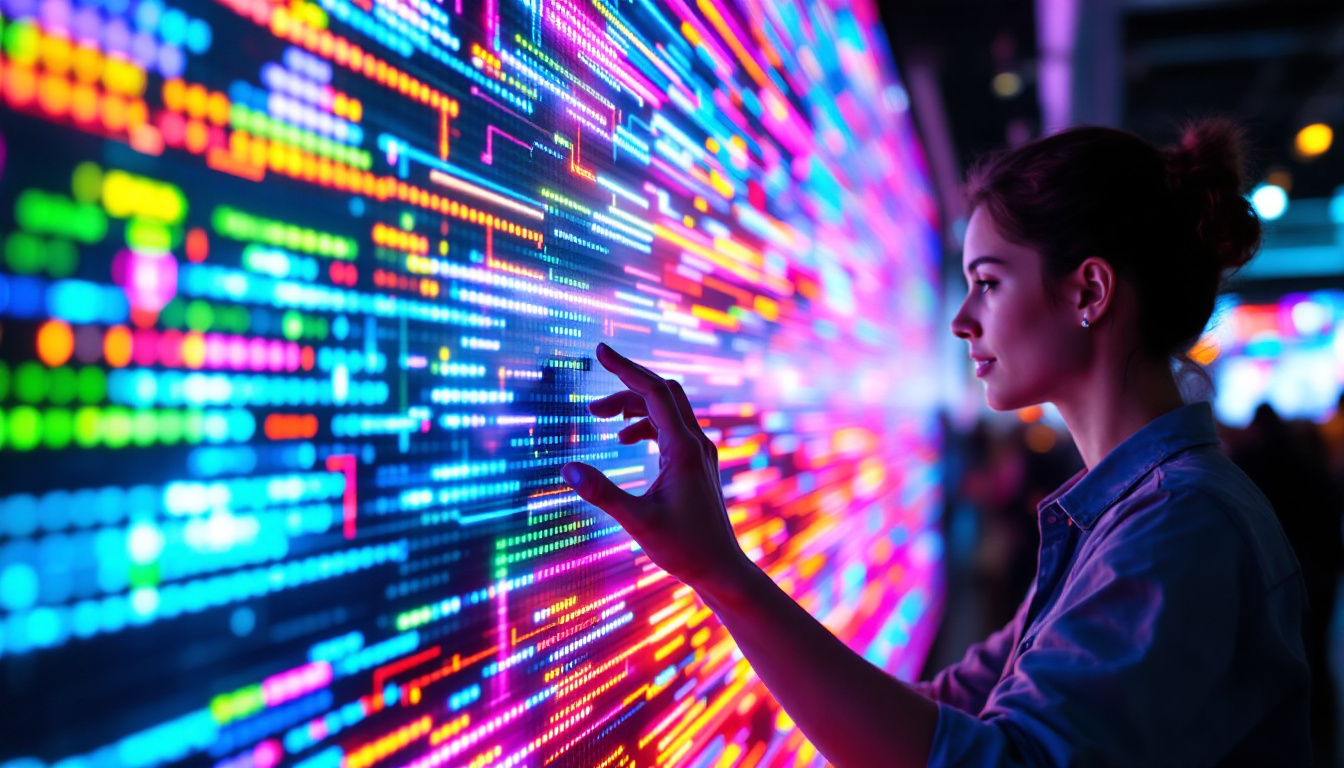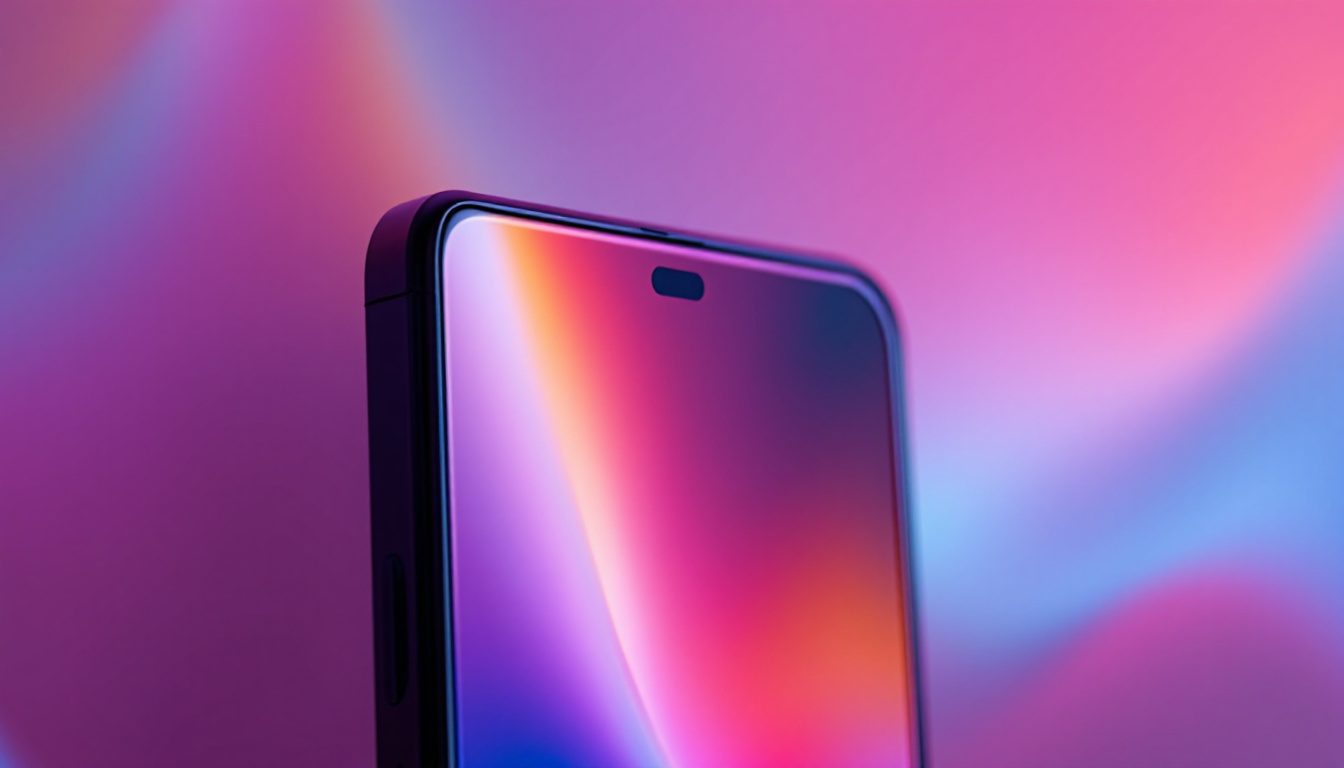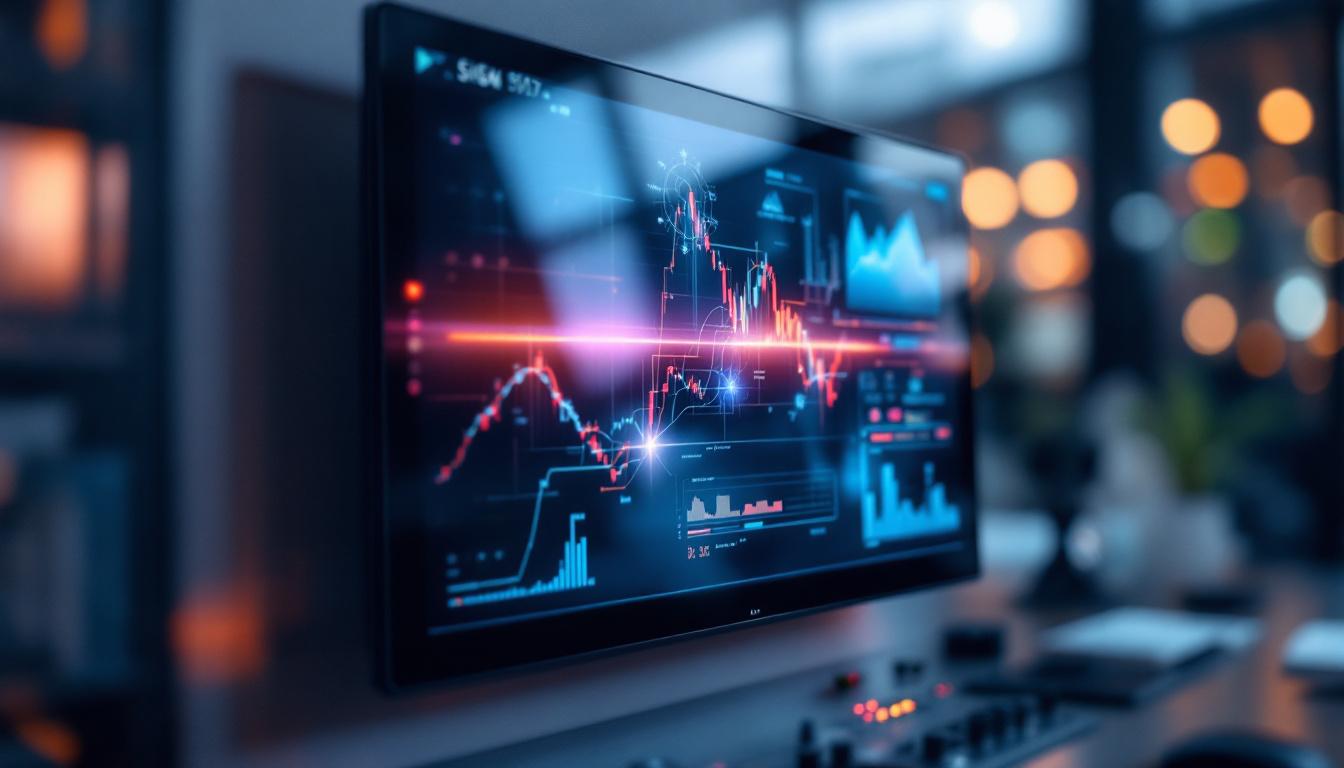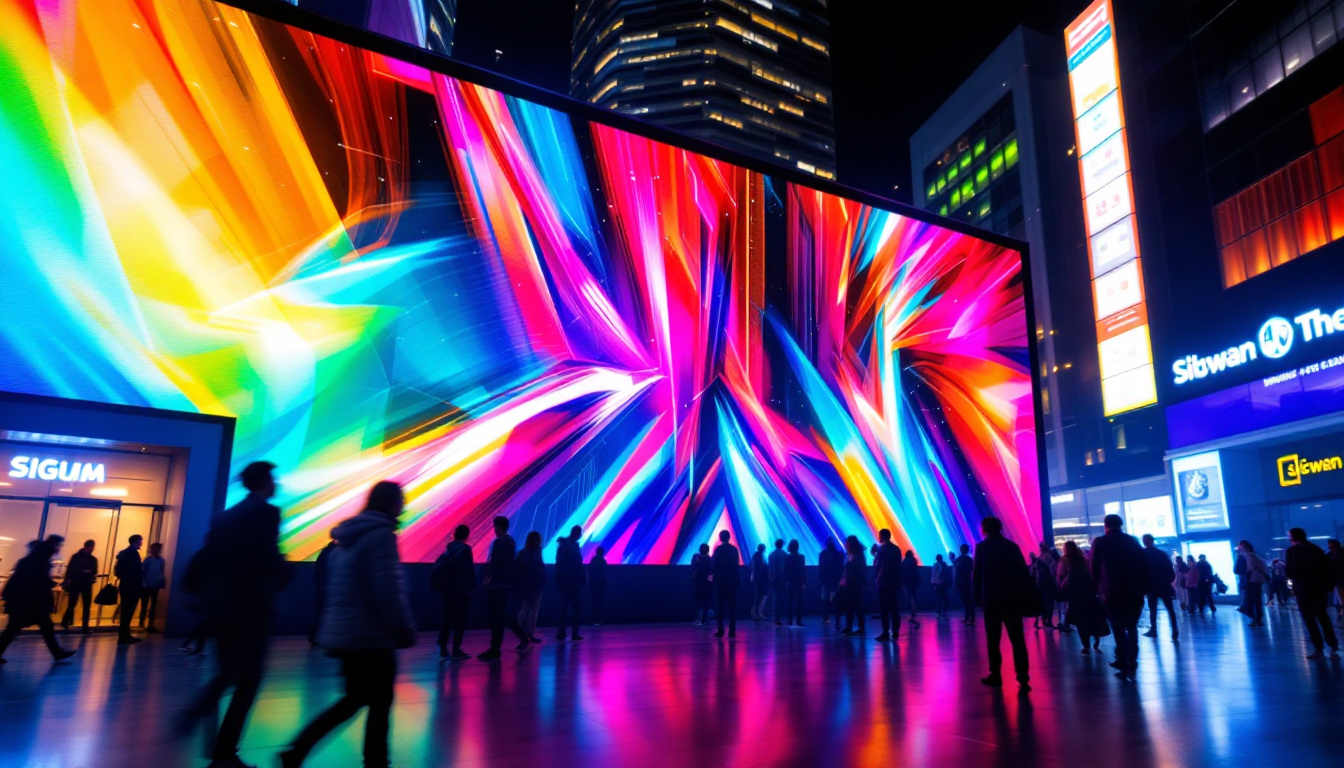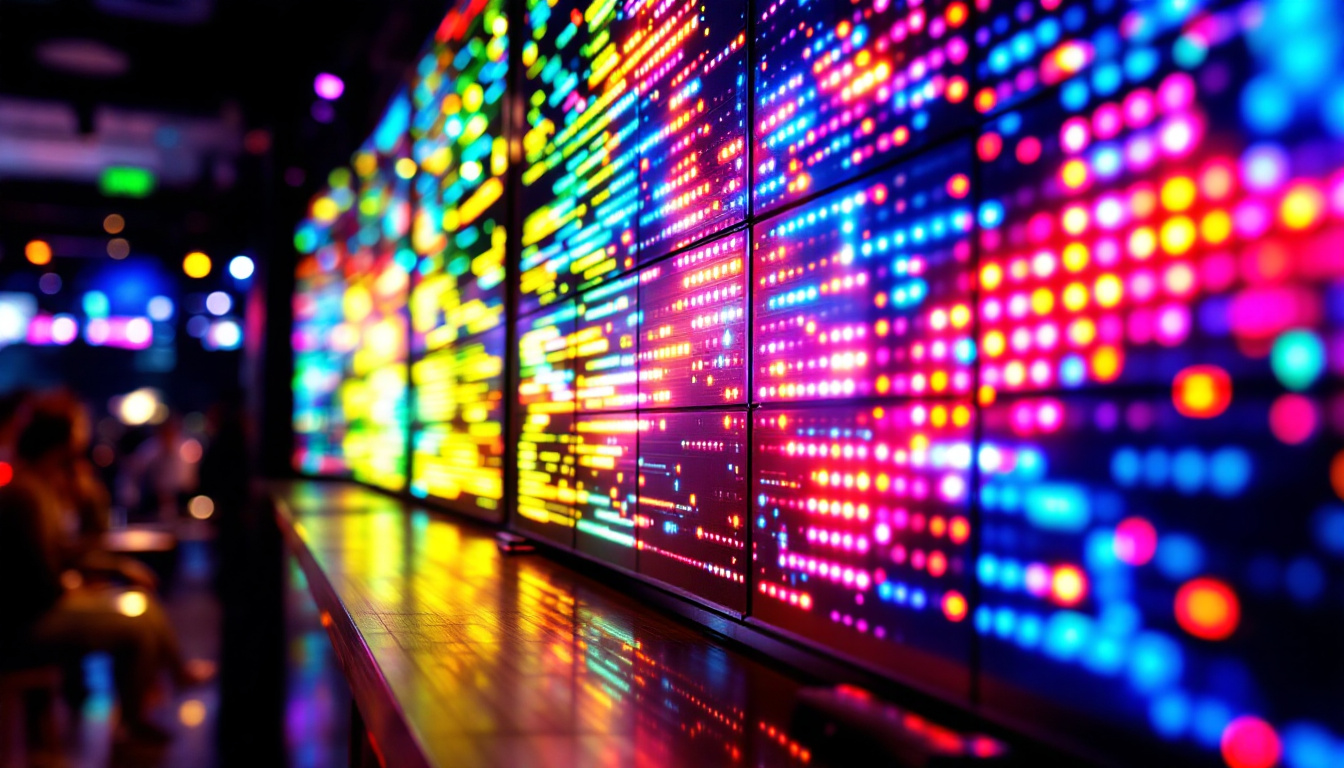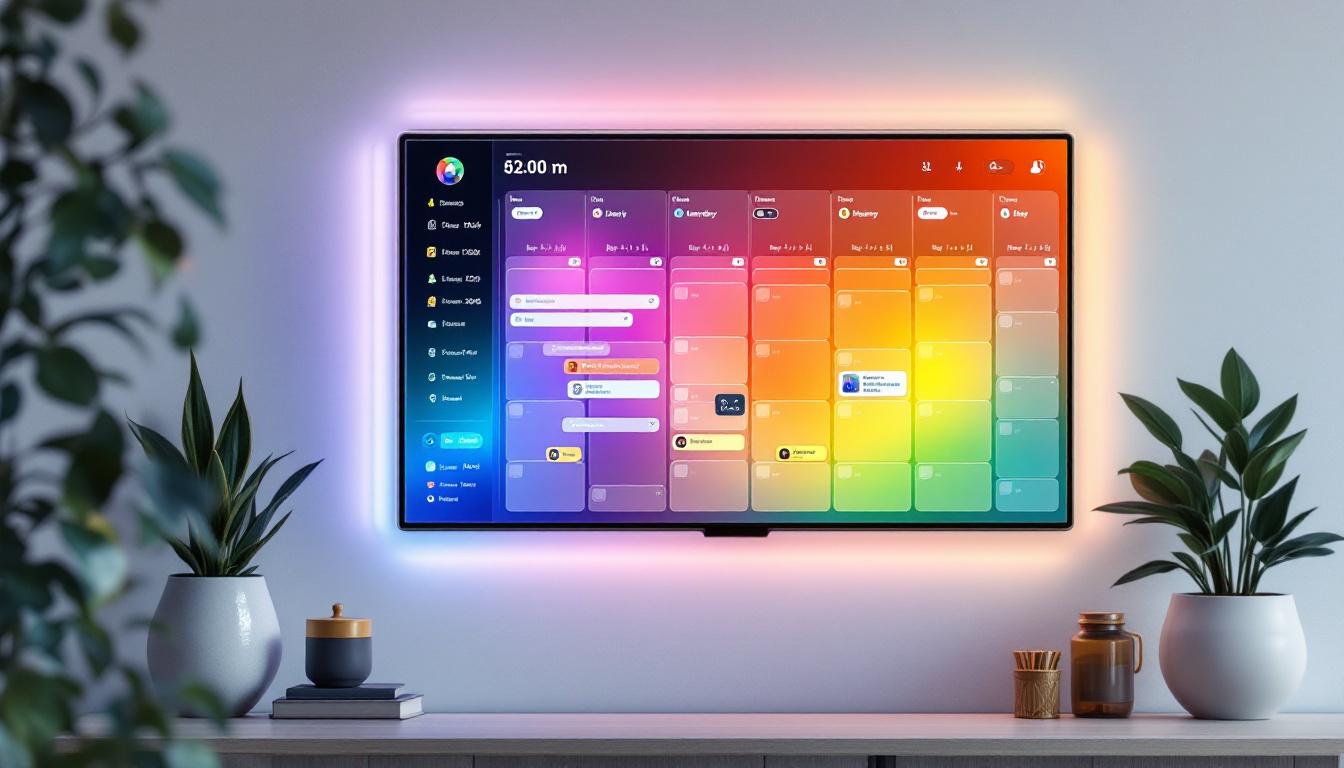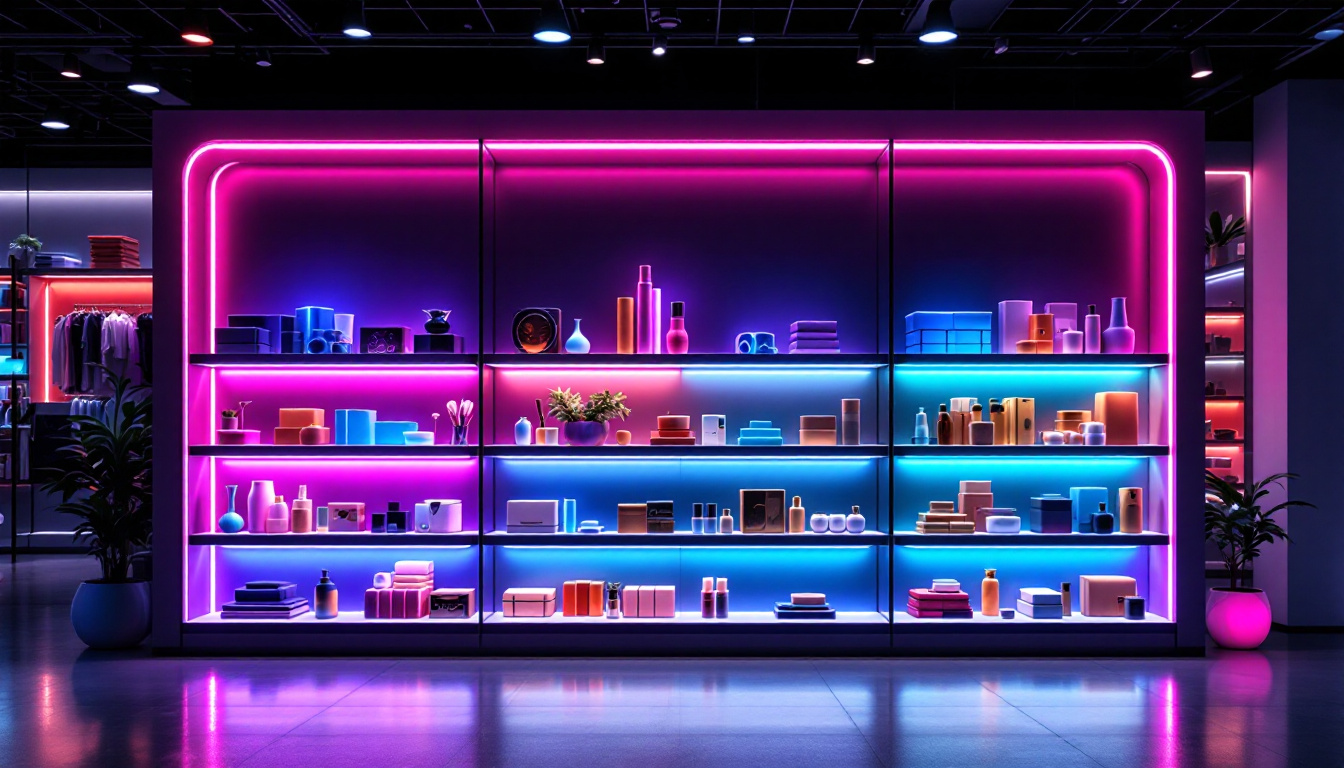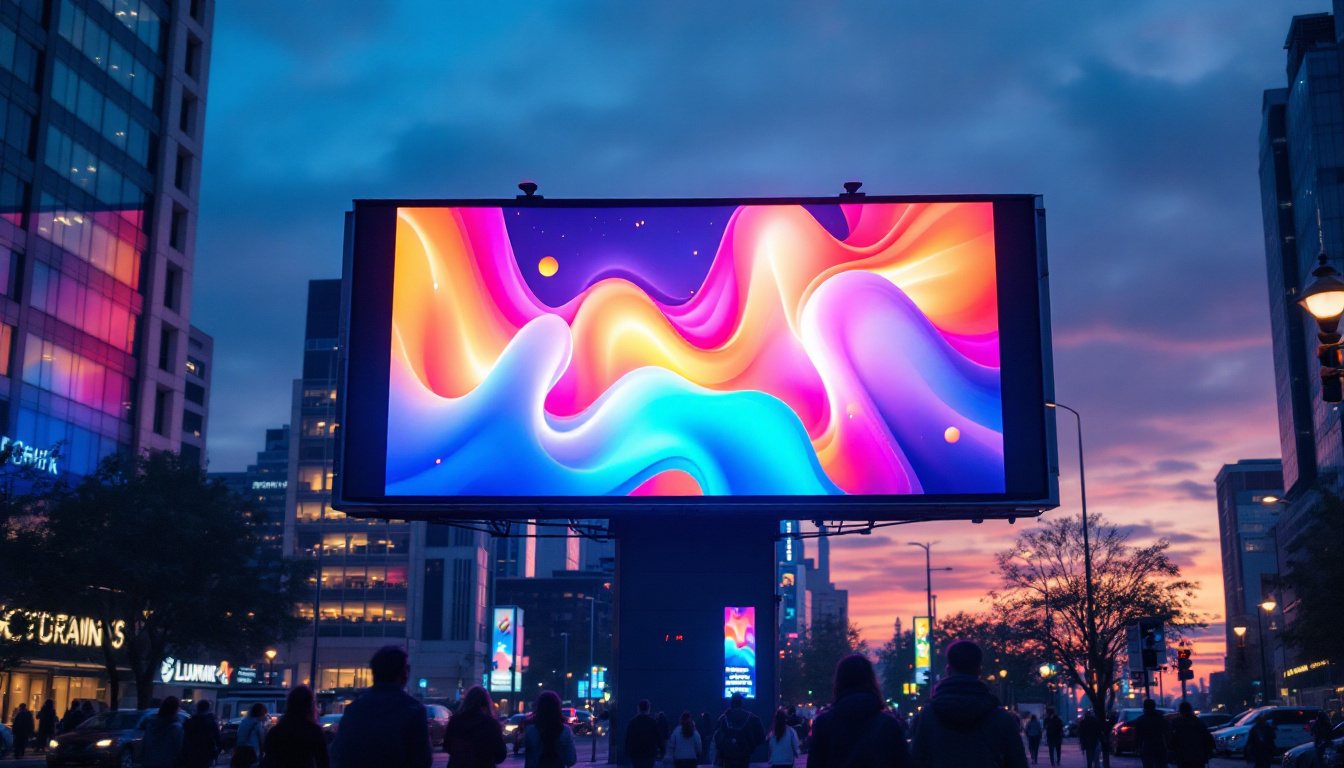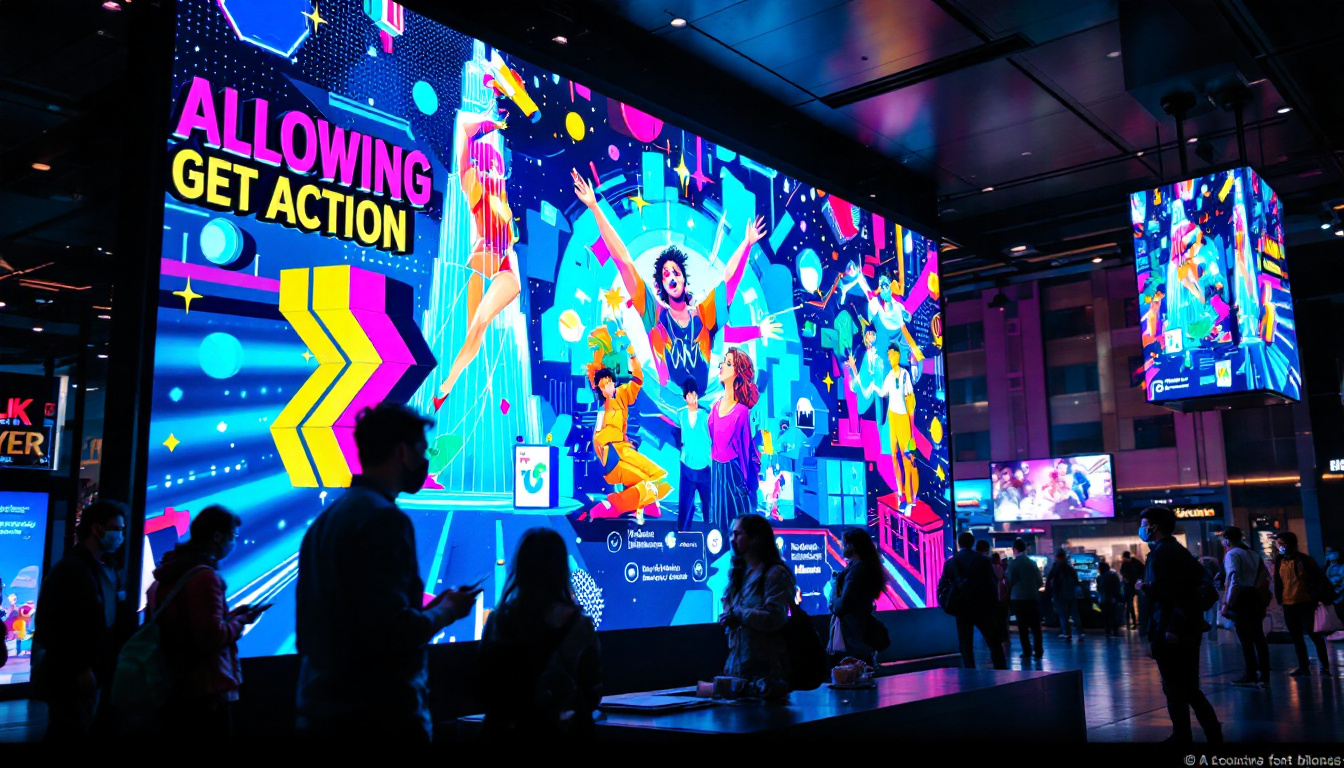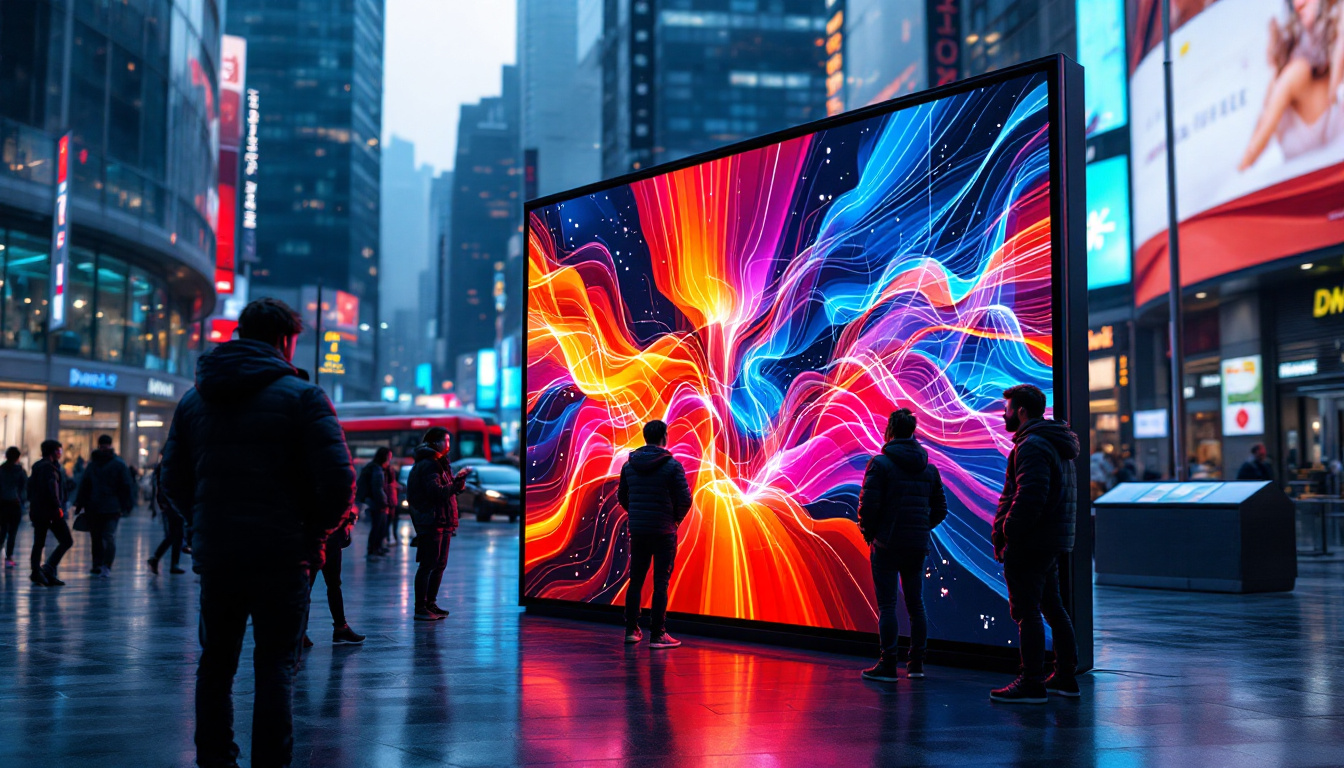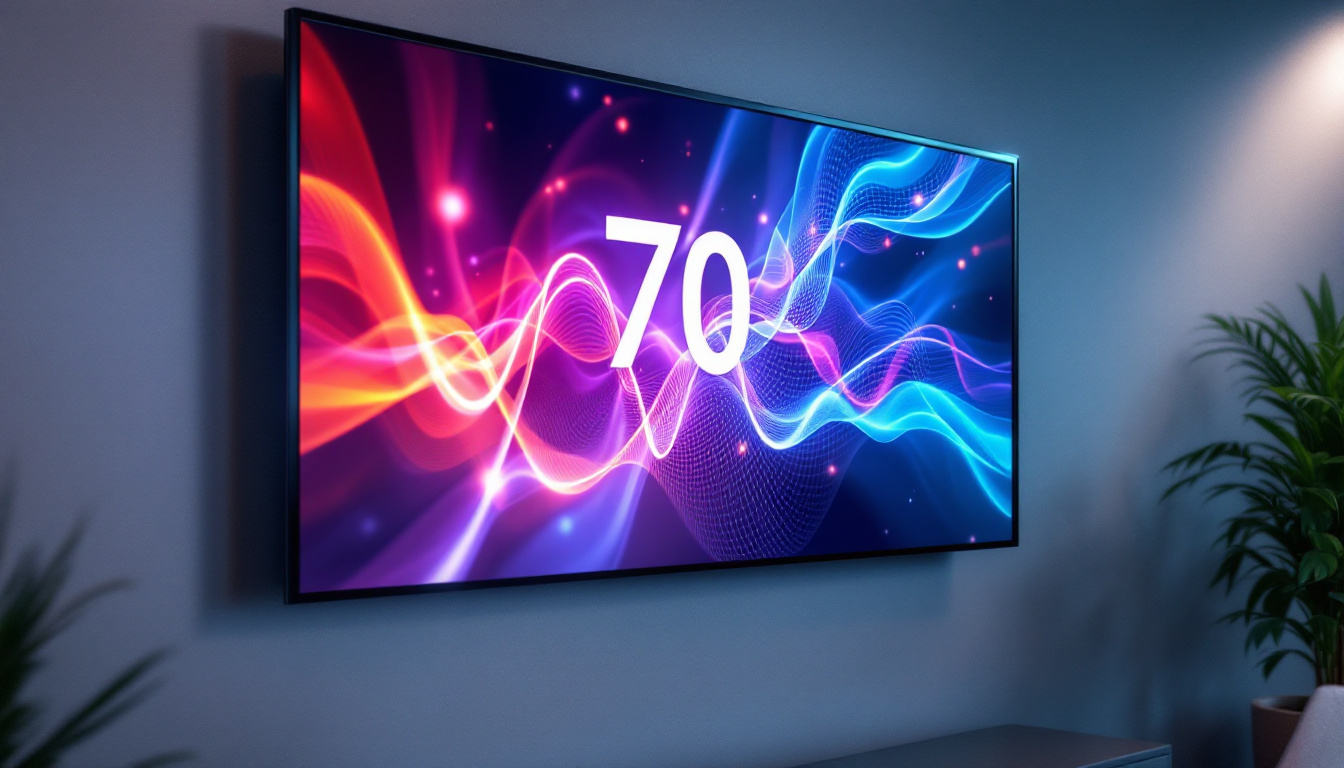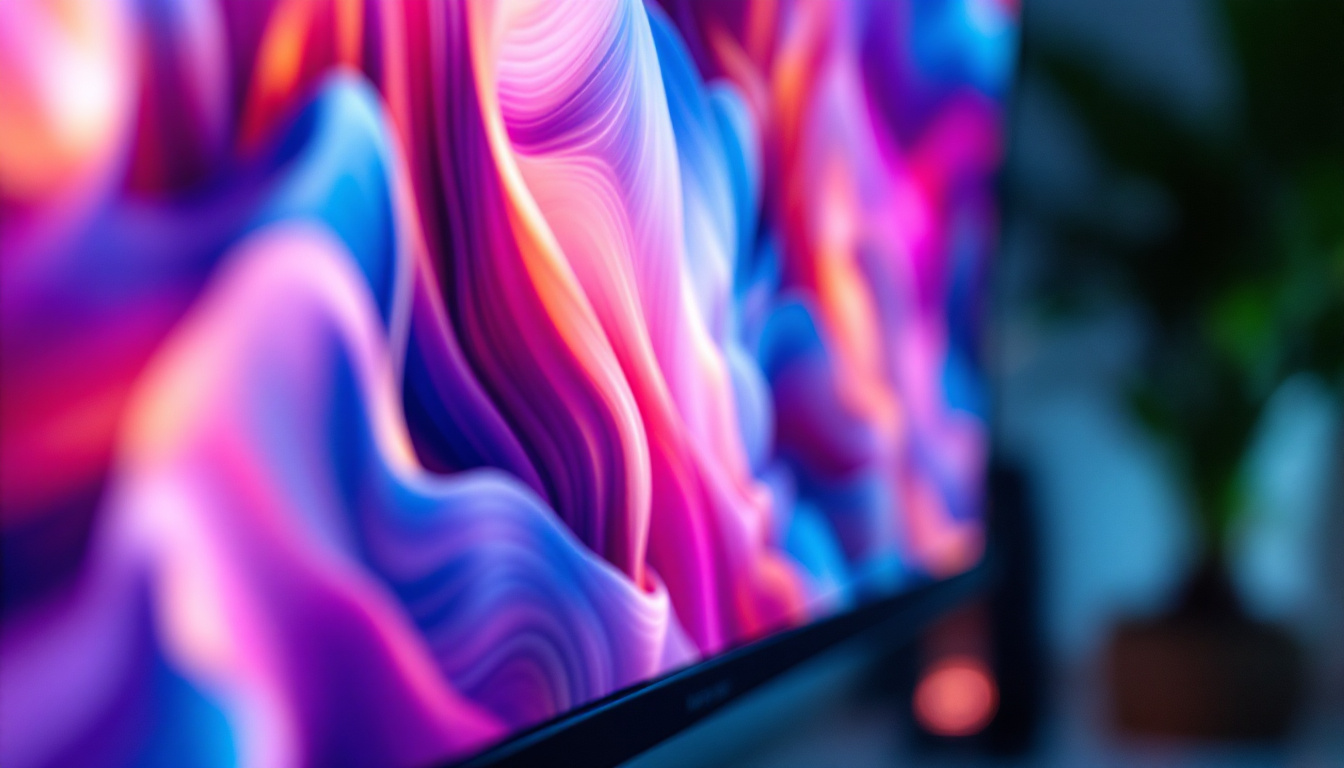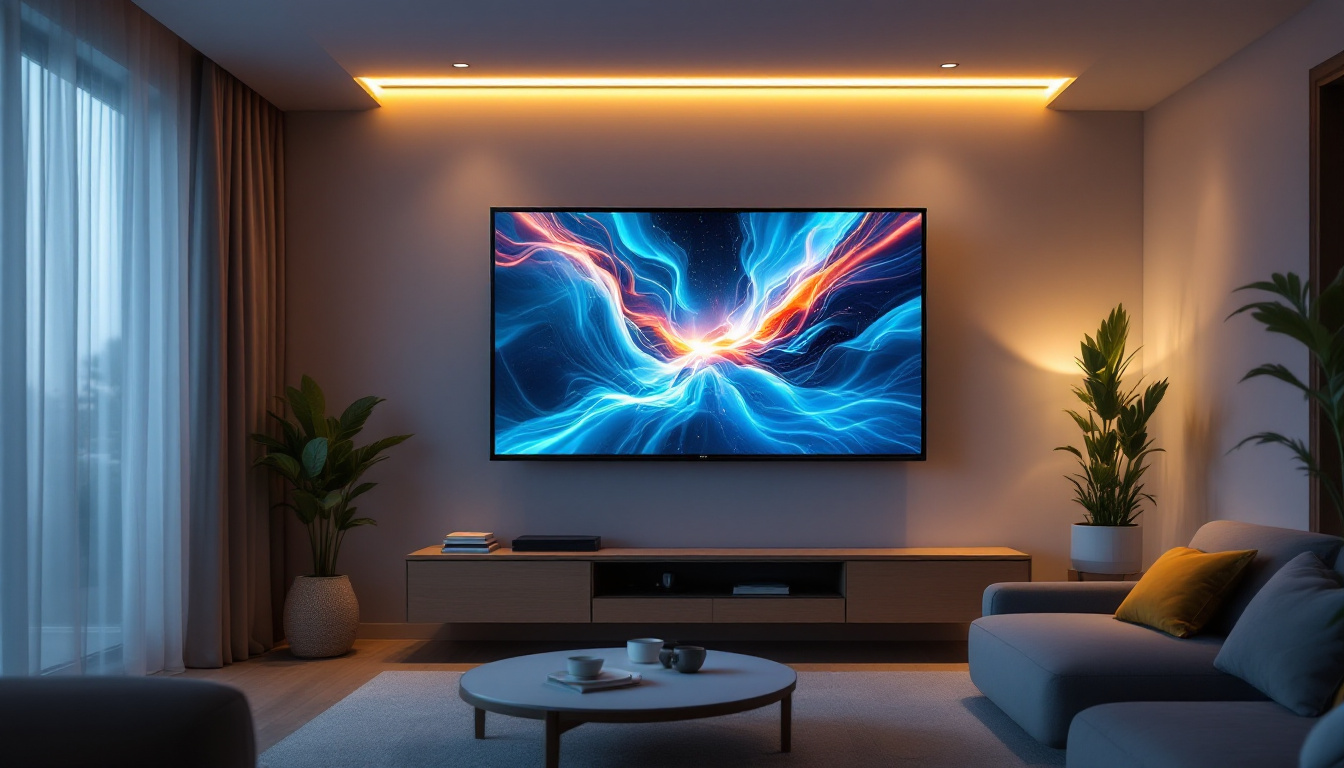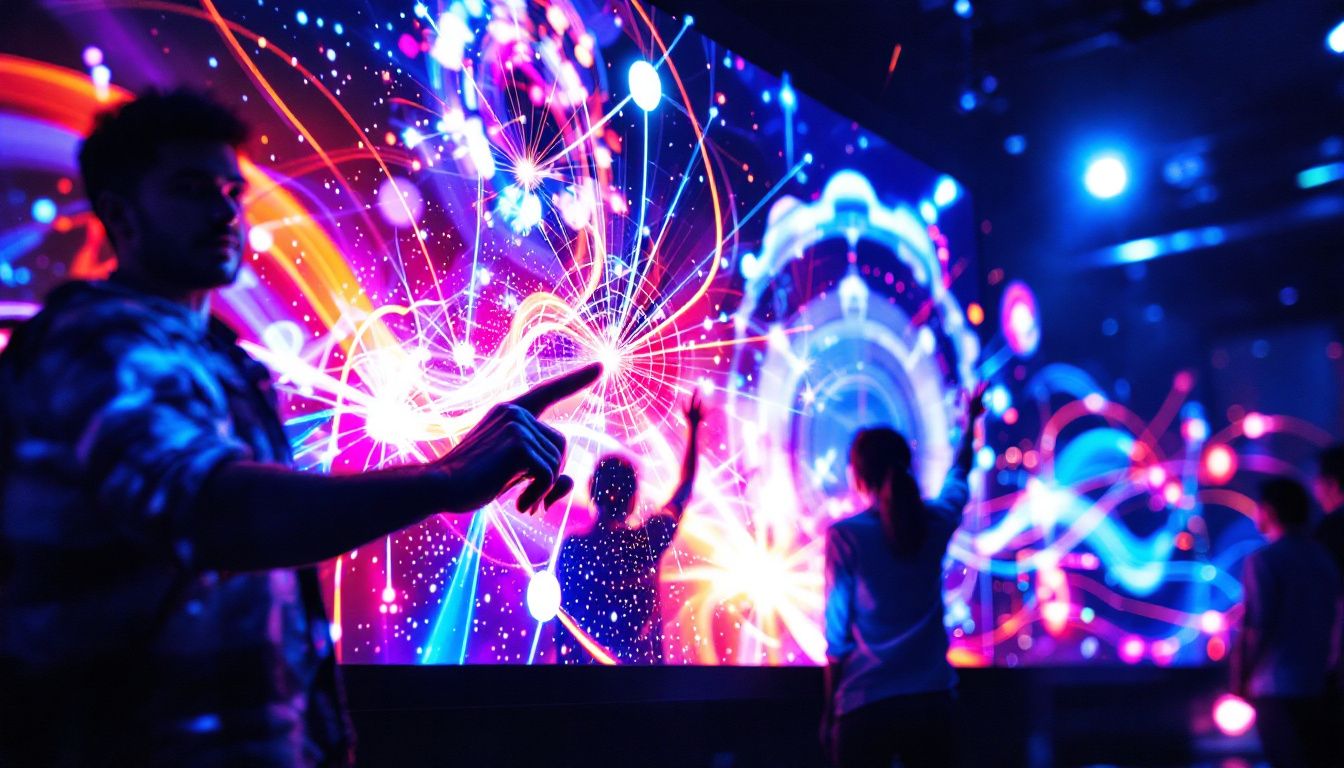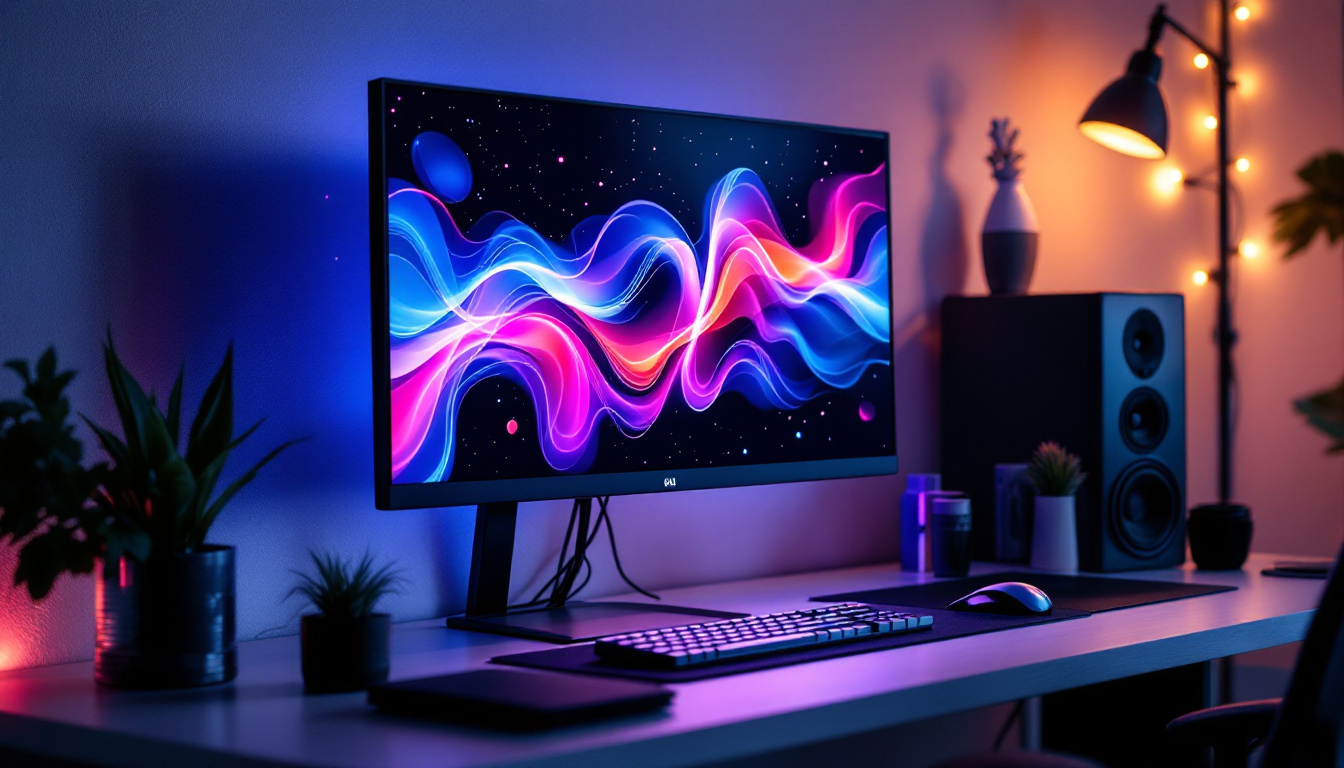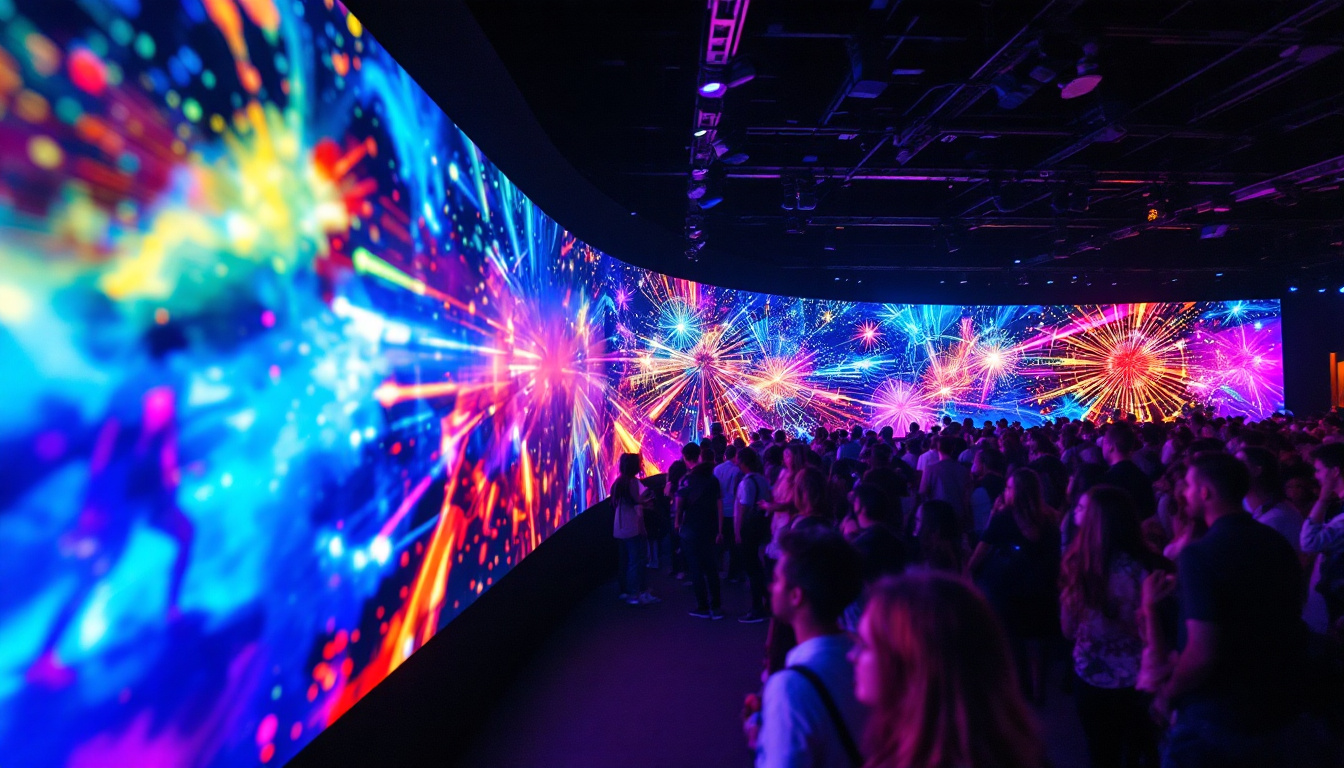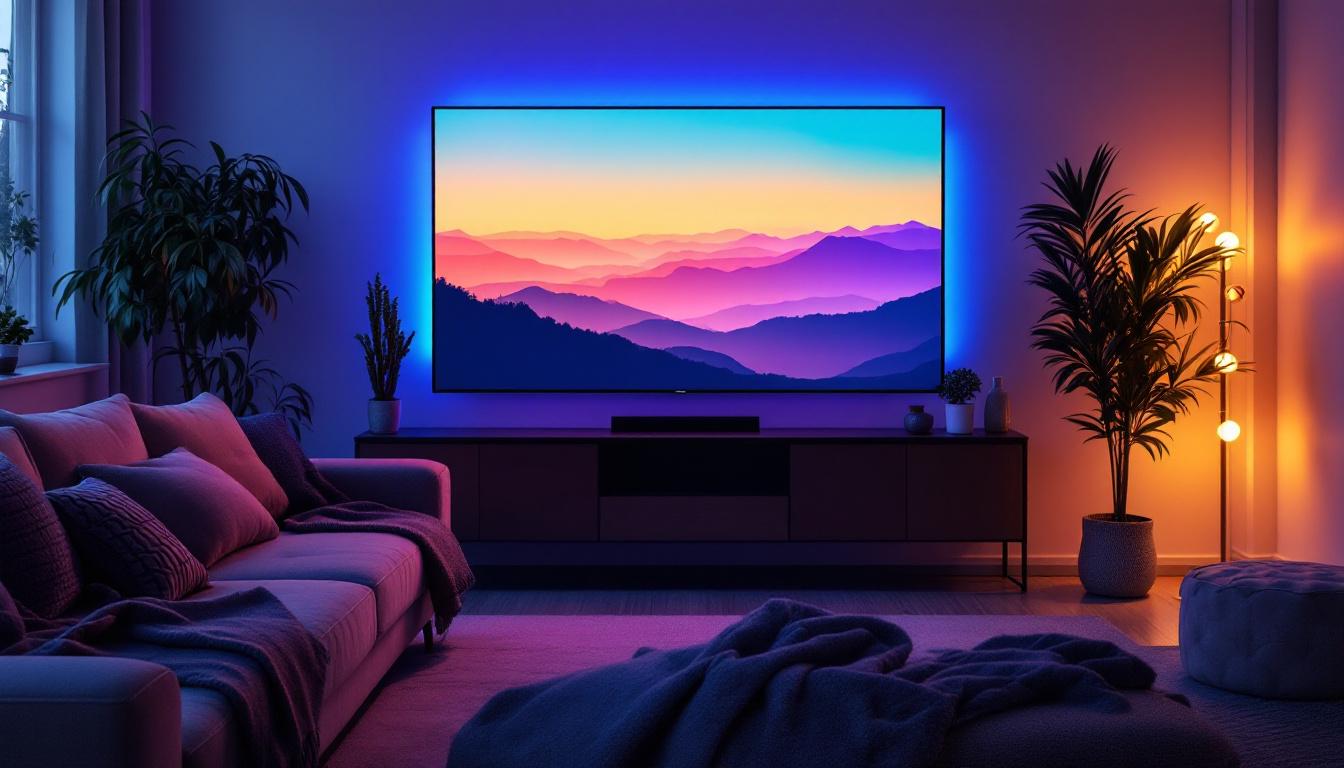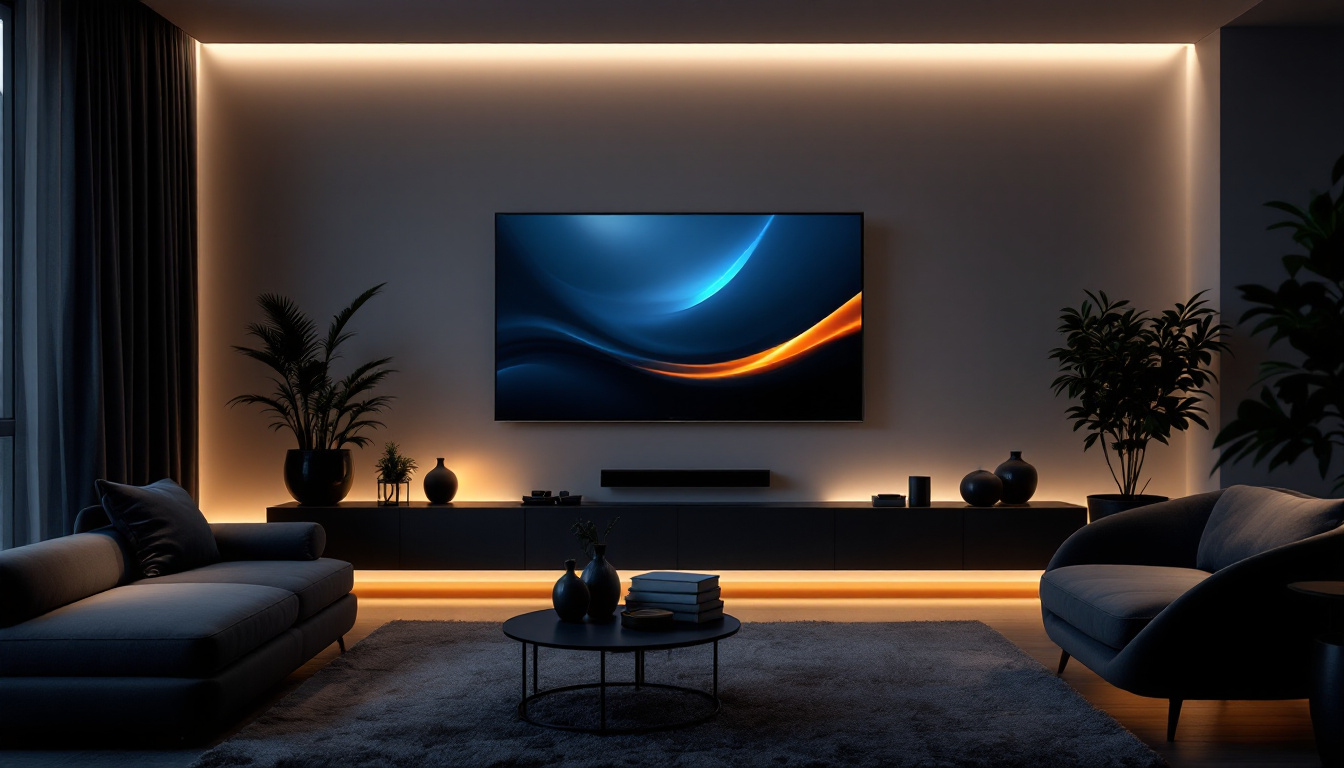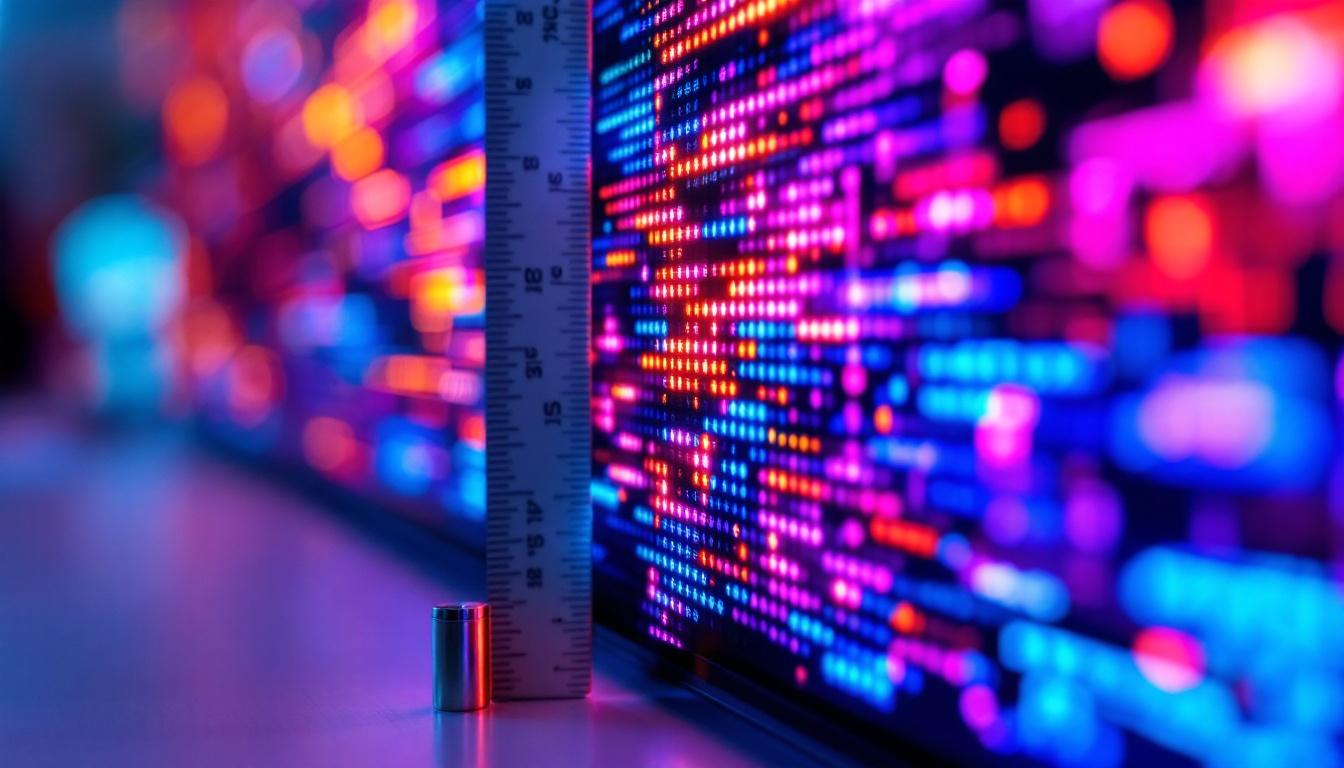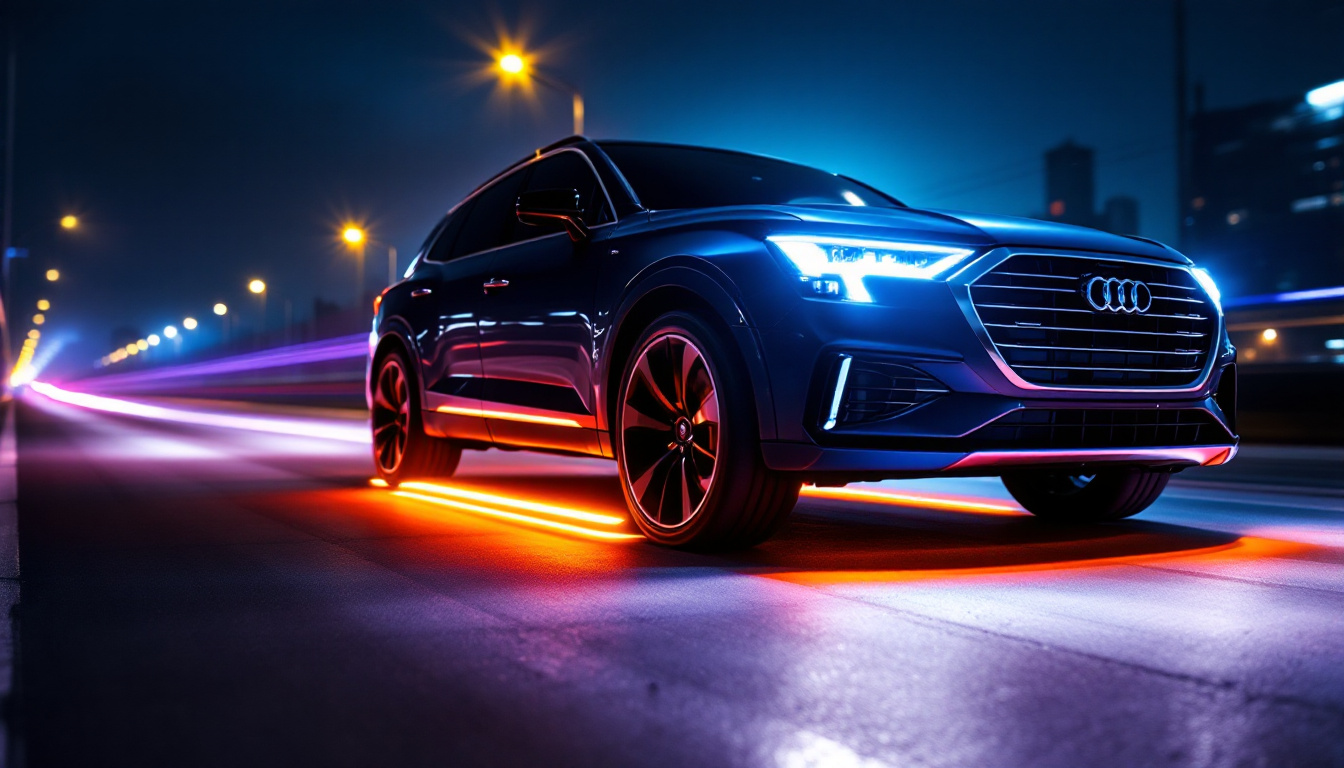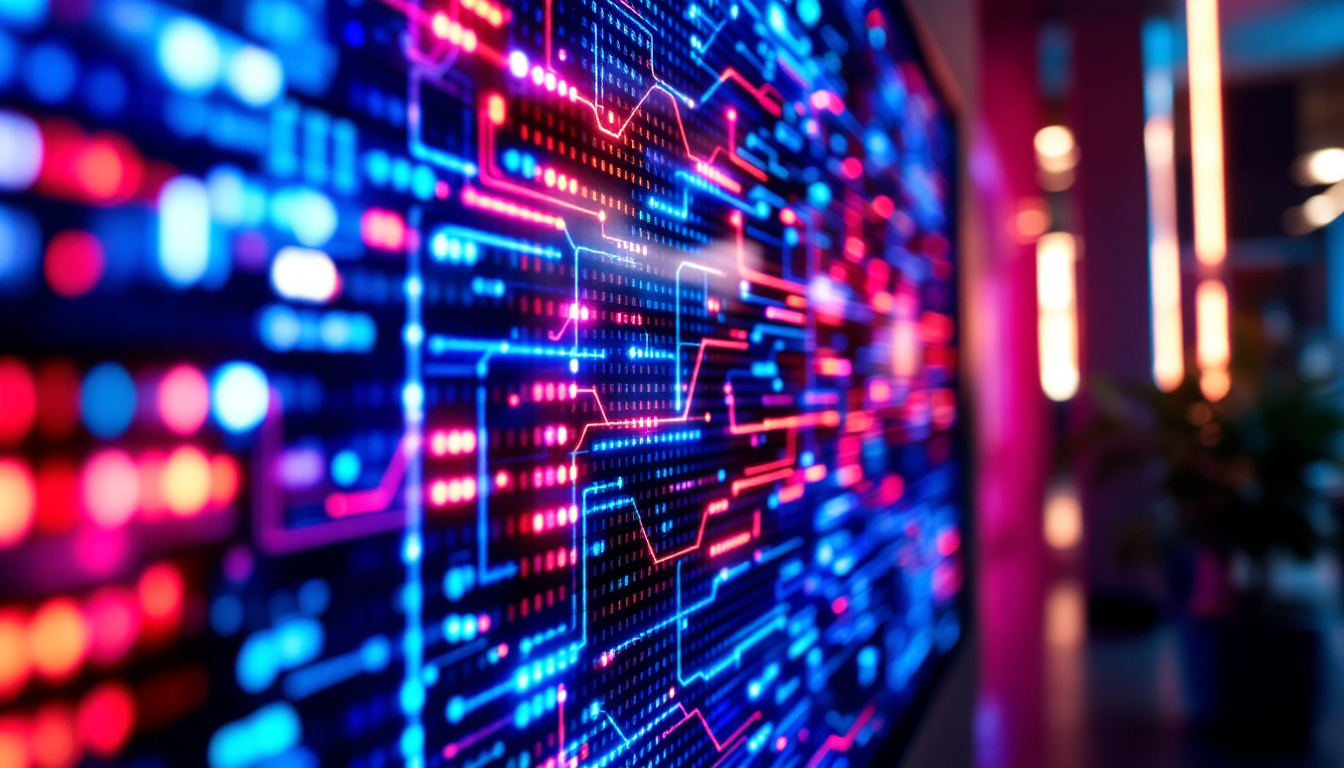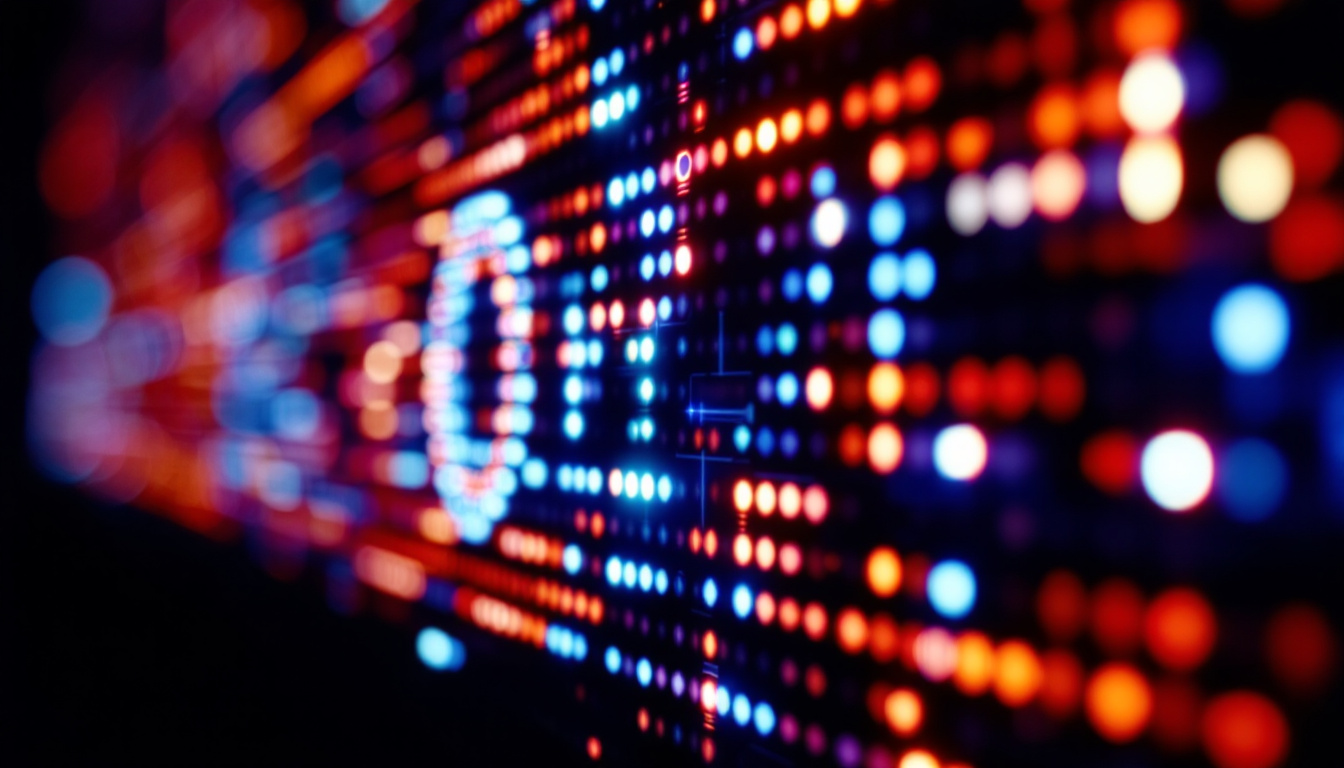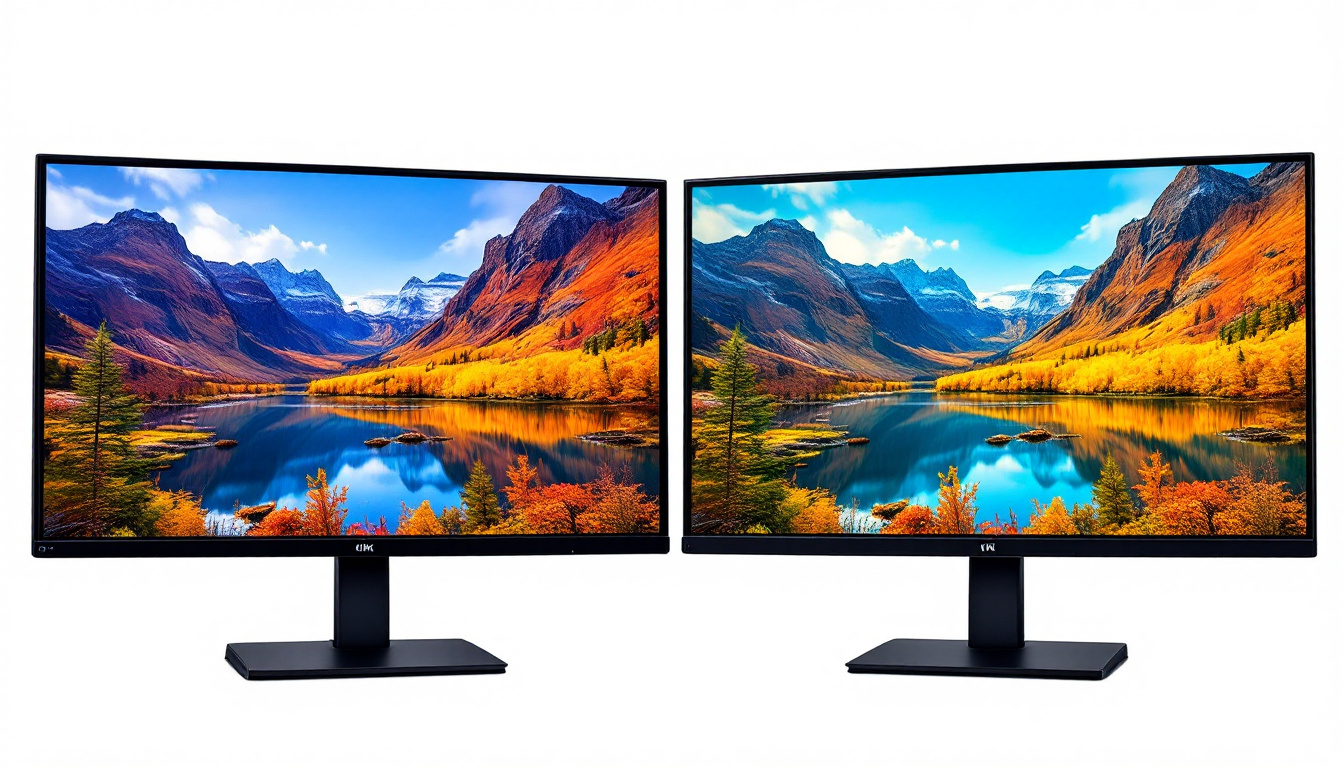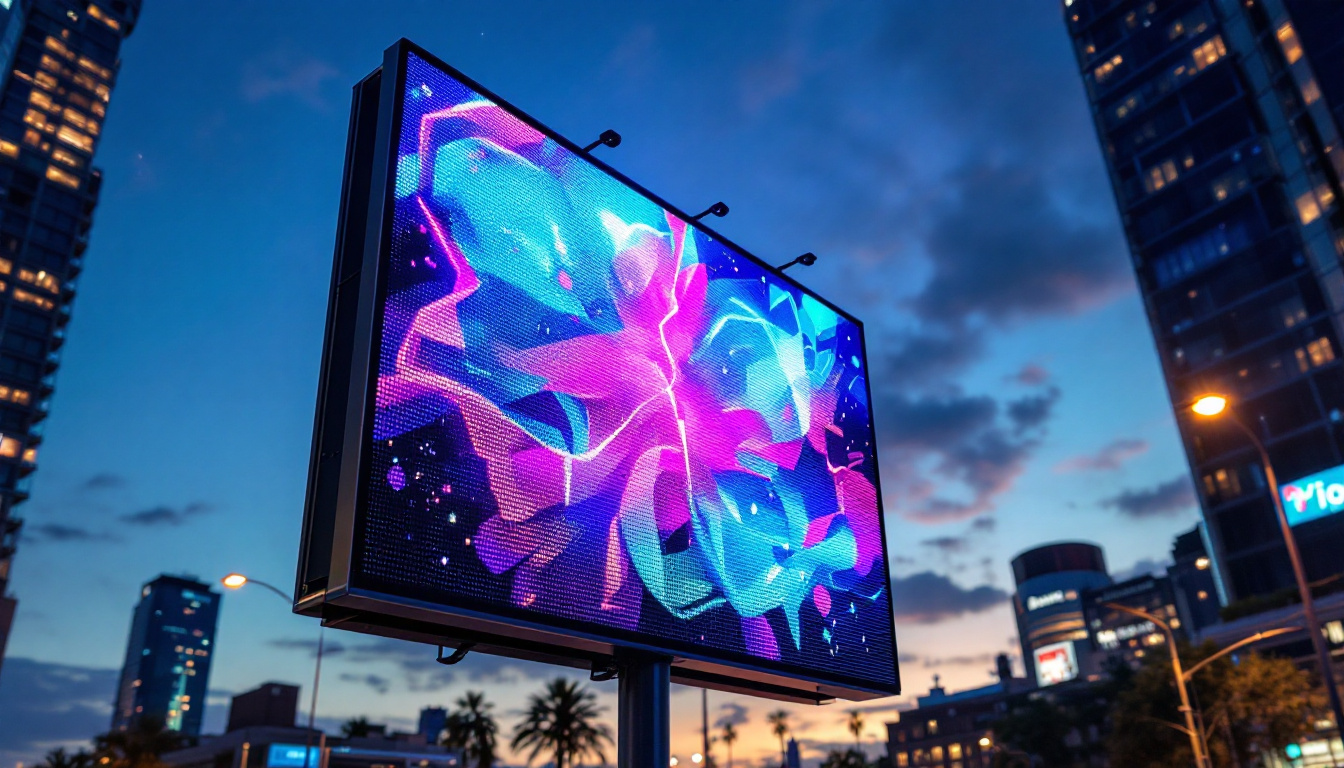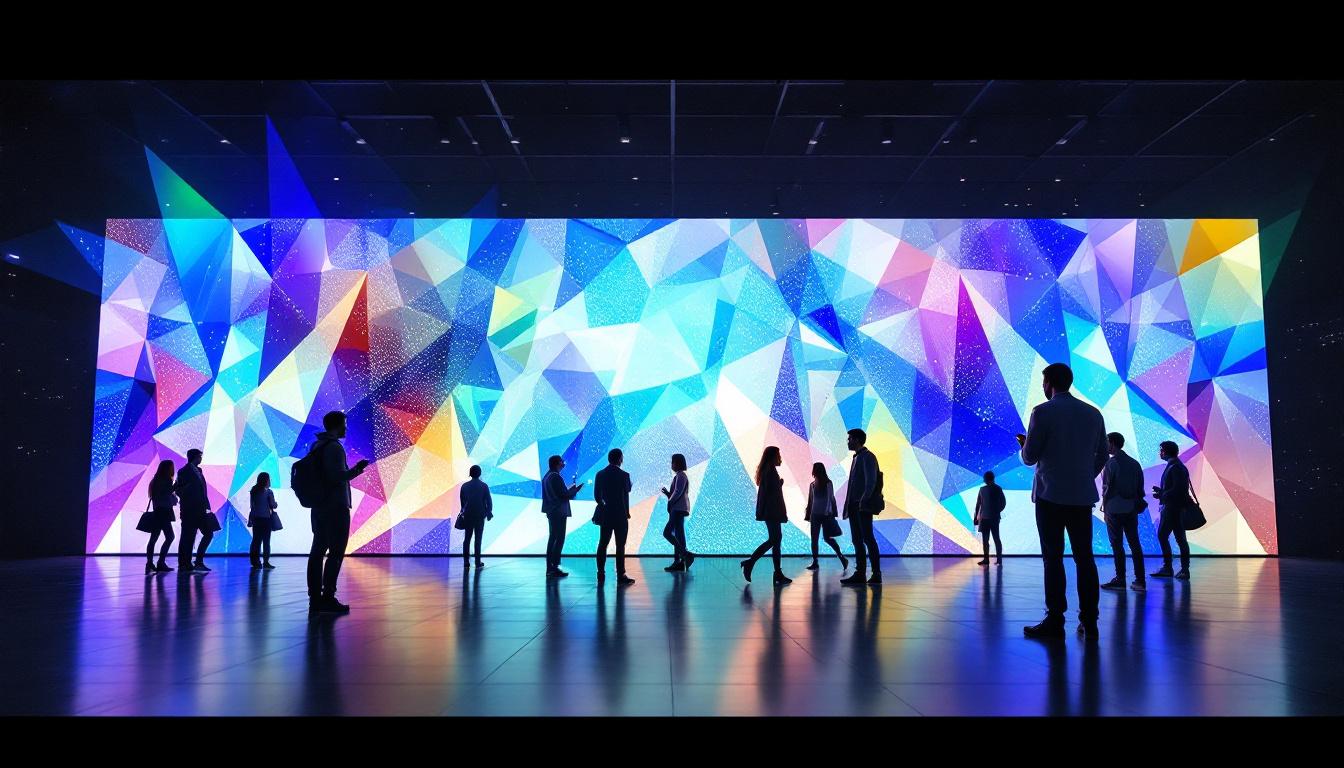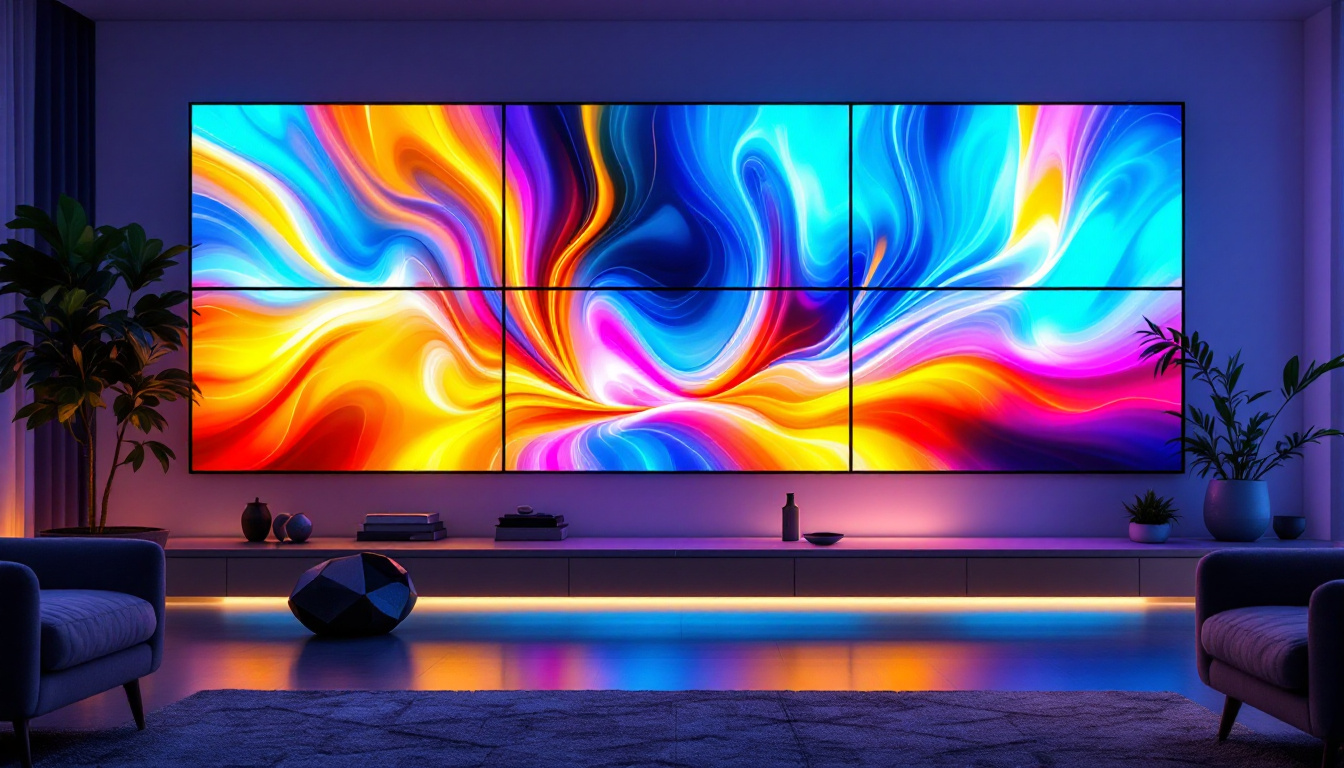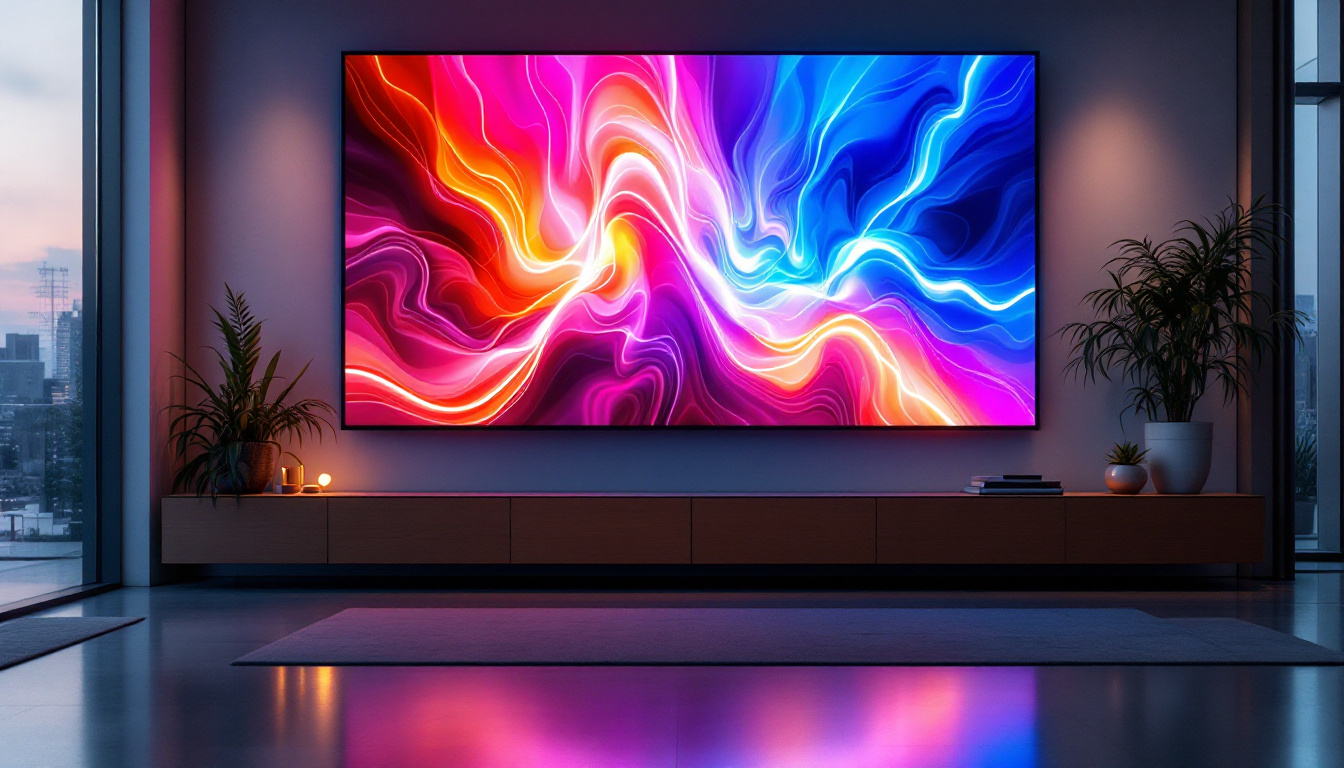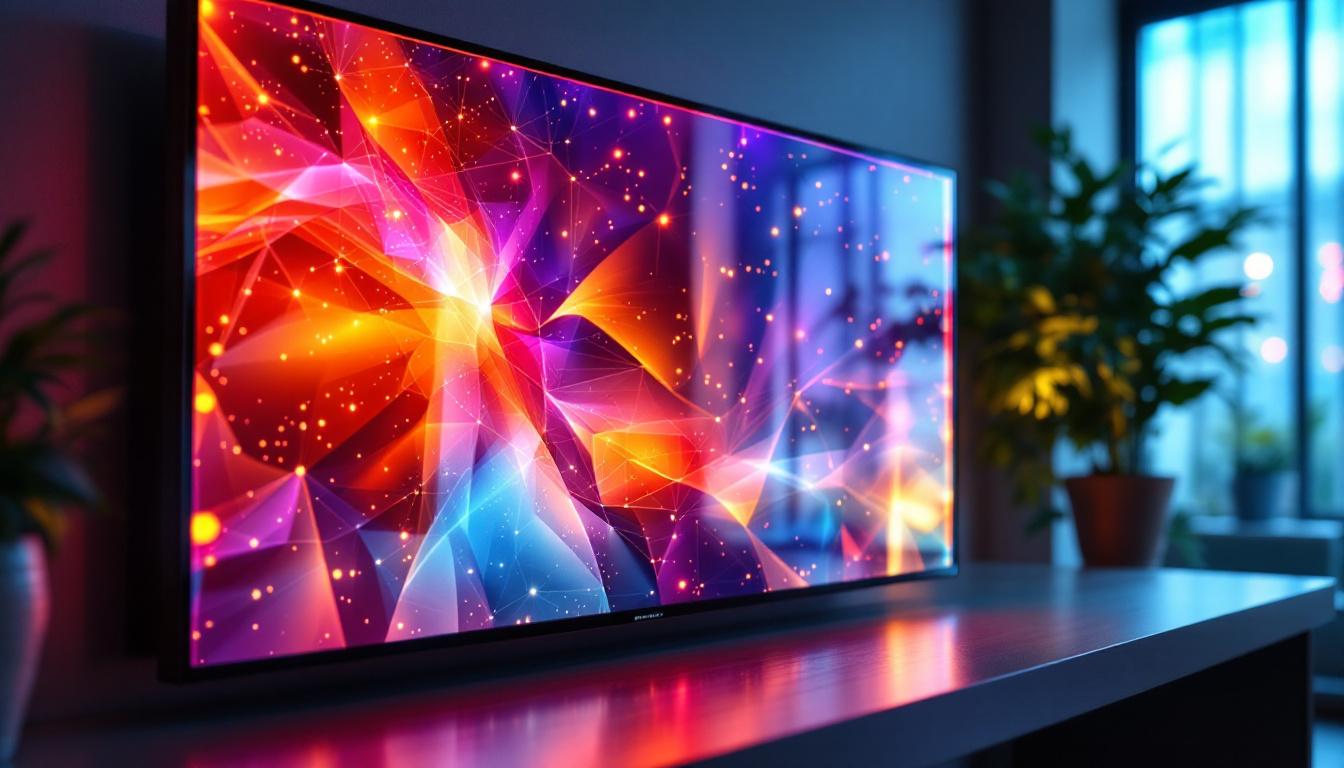Almo Professional AV: LED Display Explained
In the rapidly evolving world of audiovisual technology, LED displays have emerged as a dominant force. Almo Professional AV, a leading distributor in the industry, plays a pivotal role in providing high-quality LED solutions. This article delves into the intricacies of LED displays, their applications, and the advantages they offer in various settings.
Understanding LED Technology
Light Emitting Diodes (LEDs) are semiconductor devices that emit light when an electric current passes through them. This technology has revolutionized display systems, offering vibrant colors, energy efficiency, and longevity. Unlike traditional display technologies, such as LCD or projection systems, LED displays provide superior brightness and contrast, making them ideal for both indoor and outdoor applications.
The Basics of LED Displays
At their core, LED displays consist of numerous tiny LED bulbs that work together to create images and videos. These displays can be categorized into two main types: direct view and backlit. Direct view LED displays use individual LEDs to form the image, while backlit displays use LEDs to illuminate an LCD panel from behind.
Direct view LED displays are particularly popular for large-scale applications, such as digital signage and sports arenas, due to their ability to be scaled to any size and shape. They offer exceptional viewing angles and can be seen clearly even in bright sunlight.
Types of LED Displays
LED displays come in various forms, each tailored to specific use cases. The most common types include:
- Indoor LED Displays: Designed for use in controlled environments, indoor displays are typically used in venues like conference rooms, theaters, and retail spaces. They offer high resolution and vibrant colors, making them perfect for presentations and advertising.
- Outdoor LED Displays: Built to withstand harsh weather conditions, outdoor displays are used for billboards, stadiums, and other public spaces. They are engineered for high brightness and durability, ensuring visibility in direct sunlight and resistance to rain and wind.
- Transparent LED Displays: These innovative displays allow for a unique viewing experience by providing transparency while still displaying images. They are often used in retail environments to create eye-catching window displays without obstructing the view of the products behind them.
Key Features of LED Displays
When considering LED displays, several key features should be taken into account:
- Brightness: Measured in nits, brightness is crucial for visibility, especially in outdoor settings. High-brightness LED displays ensure that content remains clear and vibrant, regardless of ambient light conditions.
- Resolution: The pixel pitch, or the distance between the center of one pixel to the center of the next, determines the resolution of the display. A smaller pixel pitch results in higher resolution and sharper images, making it suitable for close viewing distances.
- Color Accuracy: LED displays are known for their ability to reproduce a wide color gamut. High-quality displays ensure that colors are vivid and true to life, enhancing the overall viewing experience.
Applications of LED Displays
LED displays have found their way into various industries, each leveraging the technology to enhance communication, advertising, and entertainment. The versatility of LED displays makes them suitable for numerous applications.
Advertising and Digital Signage
One of the most prominent applications of LED displays is in advertising and digital signage. Businesses utilize LED screens to capture attention and convey messages effectively. From large billboards on highways to smaller screens in retail stores, LED displays offer dynamic content that can be updated in real-time.
Moreover, the ability to display high-resolution images and videos allows advertisers to create engaging campaigns that resonate with their target audience. The flexibility of LED displays also means that content can be tailored to specific times of day or events, maximizing impact.
Events and Entertainment
In the realm of events and entertainment, LED displays play a crucial role in enhancing the audience experience. Concerts, festivals, and sporting events often feature large LED screens that display live feeds, graphics, and promotional content. These displays ensure that even audience members seated far from the stage can enjoy a clear view of the action.
Additionally, LED walls can be configured in various shapes and sizes, allowing for creative stage designs that captivate audiences. The ability to synchronize multiple displays also enables stunning visual effects, further enriching the entertainment experience.
Corporate and Educational Environments
LED displays are increasingly being adopted in corporate and educational settings. In conference rooms, they serve as effective presentation tools, allowing for clear visuals during meetings and training sessions. The high resolution and color accuracy of LED displays ensure that information is conveyed effectively, enhancing understanding and engagement.
In educational institutions, LED displays are used for interactive learning experiences. They can be integrated with smart technologies to facilitate collaboration and participation among students, making lessons more engaging and dynamic.
Advantages of LED Displays
The rise of LED displays can be attributed to their numerous advantages over traditional display technologies. Understanding these benefits can help businesses and organizations make informed decisions when investing in display solutions.
Energy Efficiency
One of the standout features of LED displays is their energy efficiency. Compared to traditional lighting technologies, LEDs consume significantly less power while delivering superior brightness. This not only reduces operational costs but also contributes to a smaller carbon footprint, making LED displays an environmentally friendly choice.
Furthermore, advancements in LED technology have led to the development of smart displays that can adjust brightness based on ambient light conditions. This feature further enhances energy savings while ensuring optimal visibility.
Longevity and Durability
LED displays are designed to last, with a lifespan that often exceeds 100,000 hours. This longevity translates to reduced maintenance and replacement costs over time. Additionally, many LED displays are built to withstand harsh environmental conditions, making them suitable for outdoor use.
The durability of LED technology also means that displays are less prone to damage from impacts or vibrations, ensuring reliable performance in various settings. This robustness is particularly beneficial in high-traffic areas or during large events.
Versatility and Customization
LED displays offer unparalleled versatility, allowing for a wide range of configurations and designs. They can be assembled into virtually any shape or size, making them suitable for various applications, from large-scale advertising to intricate artistic installations.
Moreover, the ability to customize content and easily update displays ensures that messages remain relevant and engaging. This adaptability is particularly valuable in fast-paced industries where information needs to be communicated quickly and effectively.
Challenges and Considerations
While LED displays offer numerous benefits, there are also challenges and considerations to keep in mind. Understanding these factors can aid in making informed decisions when selecting LED solutions.
Initial Investment
The initial cost of purchasing and installing LED displays can be higher than traditional display technologies. However, it is essential to consider the long-term benefits, such as reduced energy costs and lower maintenance expenses. Over time, the return on investment can be significant, especially for businesses that rely heavily on visual communication.
Additionally, advancements in technology have led to more affordable options in recent years, making LED displays accessible to a broader range of organizations.
Installation and Maintenance
Proper installation of LED displays is crucial for optimal performance. This often requires professional expertise to ensure that displays are mounted securely and calibrated correctly. Organizations should also consider ongoing maintenance, which may involve cleaning, software updates, and repairs.
While LED displays are generally low-maintenance, establishing a maintenance routine can help extend their lifespan and ensure consistent performance. Partnering with a reliable distributor, such as Almo Professional AV, can provide valuable support in managing these aspects.
Content Management
The effectiveness of an LED display is heavily reliant on the quality and relevance of the content being displayed. Organizations must invest time and resources into creating engaging visuals that resonate with their audience. This may involve hiring graphic designers or utilizing content management systems to streamline the process.
Additionally, keeping content fresh and up-to-date is essential for maintaining viewer interest. Businesses should develop a content strategy that outlines how often updates will occur and what types of visuals will be most effective.
Future Trends in LED Display Technology
The landscape of LED display technology is continually evolving, with new advancements on the horizon. Staying informed about these trends can help organizations remain competitive and leverage the latest innovations.
MicroLED Technology
MicroLED technology represents the next generation of LED displays, offering even smaller pixel sizes and enhanced performance. With microLEDs, displays can achieve higher resolutions and improved color accuracy while maintaining energy efficiency. This technology is particularly promising for applications requiring ultra-high-definition visuals, such as virtual reality and augmented reality experiences.
Integration with Smart Technologies
As the Internet of Things (IoT) continues to grow, LED displays are increasingly being integrated with smart technologies. This integration allows for enhanced interactivity, enabling users to control displays through mobile devices or voice commands. Such capabilities can transform the way information is presented and consumed, creating more engaging experiences for viewers.
Environmental Sustainability
With growing awareness of environmental issues, the demand for sustainable technologies is on the rise. LED displays are already considered a more eco-friendly option, but future innovations may further enhance their sustainability. This could include the use of recyclable materials, energy-efficient manufacturing processes, and improved end-of-life disposal methods.
Conclusion
LED displays have transformed the way information is communicated across various sectors. With their vibrant visuals, energy efficiency, and versatility, they have become an essential tool for businesses, educators, and event organizers alike. Almo Professional AV stands at the forefront of this technology, providing high-quality LED solutions that cater to a diverse range of applications.
As the industry continues to evolve, staying informed about the latest trends and advancements will be crucial for organizations looking to leverage LED technology effectively. By understanding the benefits and challenges associated with LED displays, businesses can make informed decisions that enhance their communication strategies and drive success.
Discover Cutting-Edge LED Display Solutions
As you consider the future of vibrant and efficient visual communication for your business, explore the innovative solutions offered by LumenMatrix. With a commitment to revolutionizing the industry, LumenMatrix provides an array of LED display options, from Indoor and Outdoor LED Walls to specialized displays for vehicles, sports, and custom installations. Embrace the power of LED technology to captivate your audience and amplify your message. Check out LumenMatrix LED Display Solutions today and take the first step towards transforming your visual engagement strategy.

